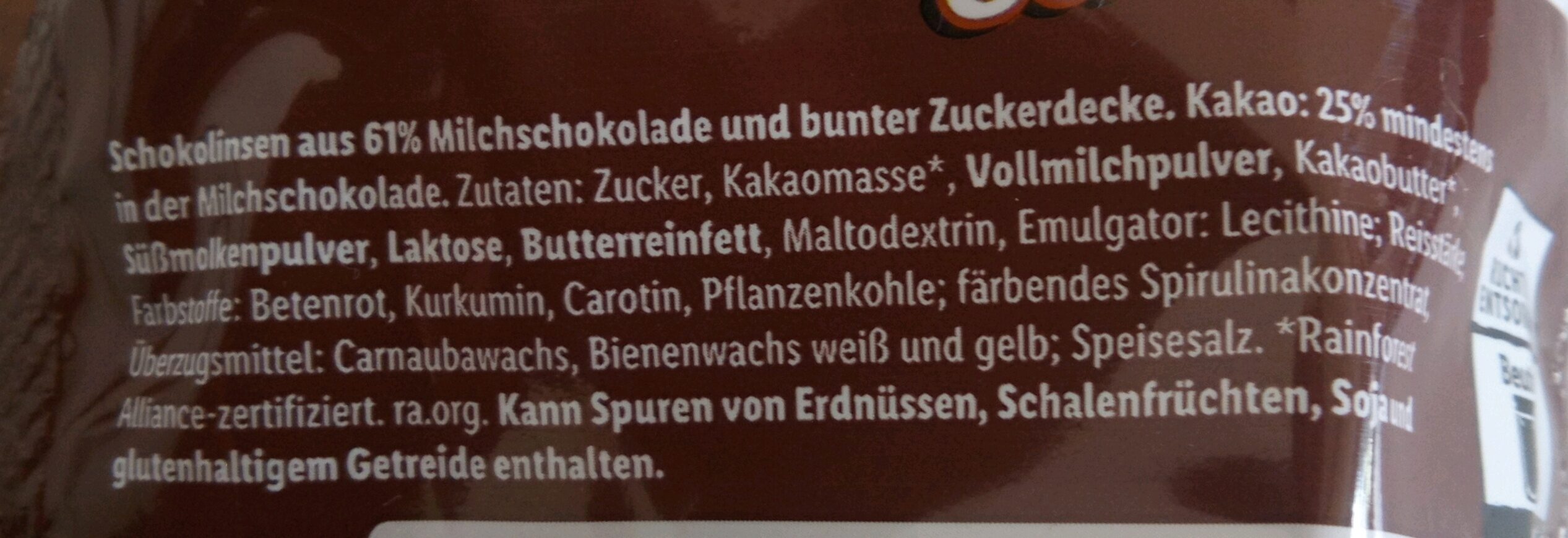Mister Choc - 200g
Ambiguous barcode: This product has a Restricted Circulation Number barcode for products within a company. This means that different producers and stores can use the same barcode for different products.
×
This product page is not complete. You can help to complete it by editing it and adding more data from the photos we have, or by taking more photos using the app for Android or iPhone/iPad. Thank you!
×
Barra-kodea: 20445607
Kopurua: 200g
Markak: Mister Choc
Kategoriak: en:Snacks, en:Sweet snacks, en:Cocoa and its products, en:Confectioneries, en:Chocolate candies, en:Bonbons, en:Botanas, en:Cacao et dérivés, en:Dulces, en:Dulces de chocolate, en:Snacks dulces
Etiketak, ziurtagiriak, sariak:
en:Rainforest Alliance
Saltzen diren herrialdeak: Espainia, en:Francia
Matching with your preferences
Ingurumena
Ontziratzea
Transportation
Etiketak
Report a problem
Datuen iturria
Product added on by kiliweb
Last edit of product page on by inf.
Produktuaren orria -gatik editatua elcoco, halal-app-chakib, openfoodfacts-contributors, papageienfisch, prepperapp, roboto-app, smoothie-app, thaialagata, yuka.R3ZFR082OEkrS0VMa3ZBd3pBTE4ySTh0M1pta0JtK1RLZWdwSVE9PQ, yuka.sY2b0xO6T85zoF3NwEKvllRMYfaBuCqbKQHfwRaP9_zVEY7xftR-xqzTbqo, yuka.sY2b0xO6T85zoF3NwEKvlmJ2XvbGgjnmEhLUtGSu_siOcoz1SPVKwZTwMas.








